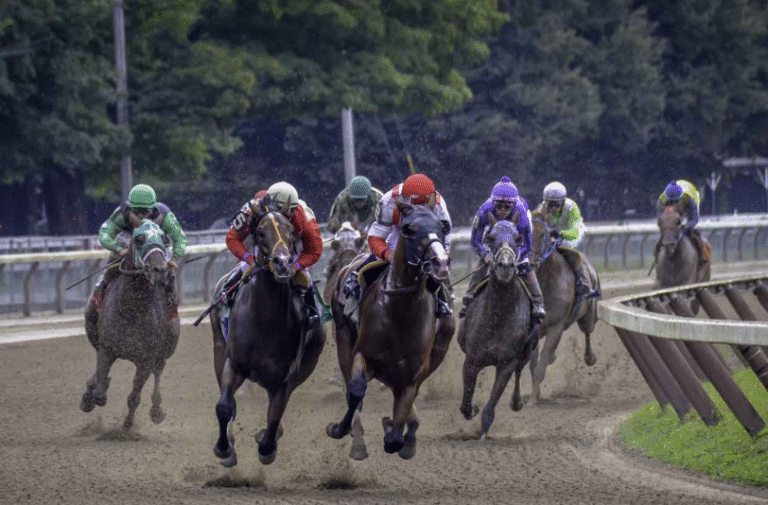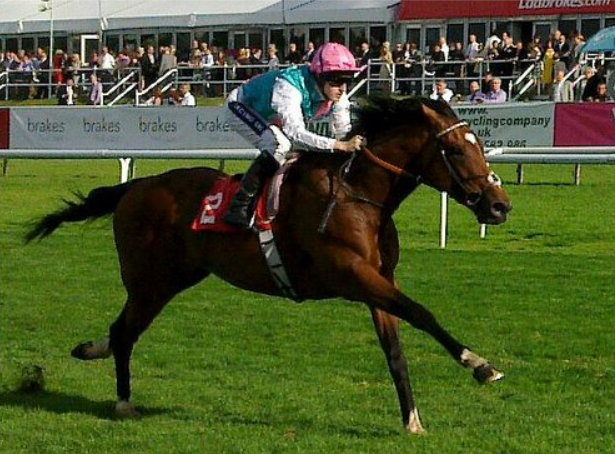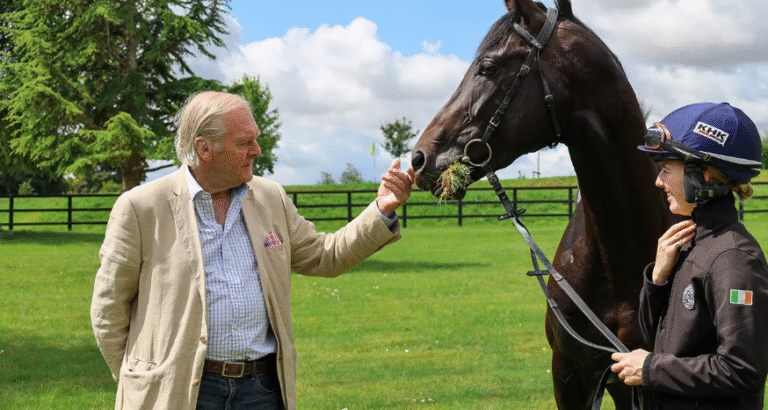How to Train a Horse for Racing: An Inside Look

Training a horse for racing requires a meticulous approach that addresses both physical and mental aspects. A successful regimen must be tailored to the horse’s specific needs, factoring in its unique gait and behavior. This involves a balance of rigorous exercise, optimal nutrition, and thoughtful recovery strategies. Understanding these components is essential for cultivating a competitive edge. As the preparation unfolds, the importance of mental readiness becomes increasingly clear, setting the stage for race day success.
Understanding the Racehorse’s Unique Needs
Racehorses possess unique physiological and psychological characteristics that must be understood to optimize their training and performance.
Insight into racehorse behavior reveals that environmental factors, such as noise, weather, and stable conditions, significantly influence their mental state and physical capabilities.
Developing a Training Regimen
Crafting an effective training regimen requires a strategic approach that balances physical conditioning, mental stimulation, and recovery.
Incorporating gait analysis helps identify strengths and weaknesses, allowing trainers to tailor workouts.
Exercise variation is crucial, promoting adaptability and preventing burnout.
See also: cplemaire.it
Nutrition and Recovery Strategies
While training regimens are essential for developing speed and agility, the role of nutrition and recovery strategies is equally critical for optimal performance in racehorses.
Implementing dietary supplements tailored to enhance energy and muscle recovery, alongside effective hydration techniques, ensures that horses maintain peak condition.
This holistic approach fosters resilience, empowering these magnificent athletes to achieve their fullest potential on the racetrack.
Mental Preparation and Race Day Readiness
Although physical training is vital, mental preparation plays a crucial role in a racehorse’s overall readiness for competition.
Achieving optimal mental focus ensures that the horse remains calm and responsive under pressure. Effective stress management techniques, such as desensitization and positive reinforcement, foster confidence, enabling the horse to perform at its peak.
Ultimately, mental readiness can be the deciding factor on race day.
Conclusion
In the intricate dance of preparing a racehorse, every stride and breath harmonizes into a symphony of strength and agility. By understanding the horse’s distinct needs and crafting a regimen that balances physical training, nutrition, and mental fortitude, trainers sculpt champions from the raw essence of potential. As the sun rises on race day, this meticulous orchestration of body and spirit culminates in a powerful display, where the horse becomes not just an athlete, but a testament to dedication and artistry.


